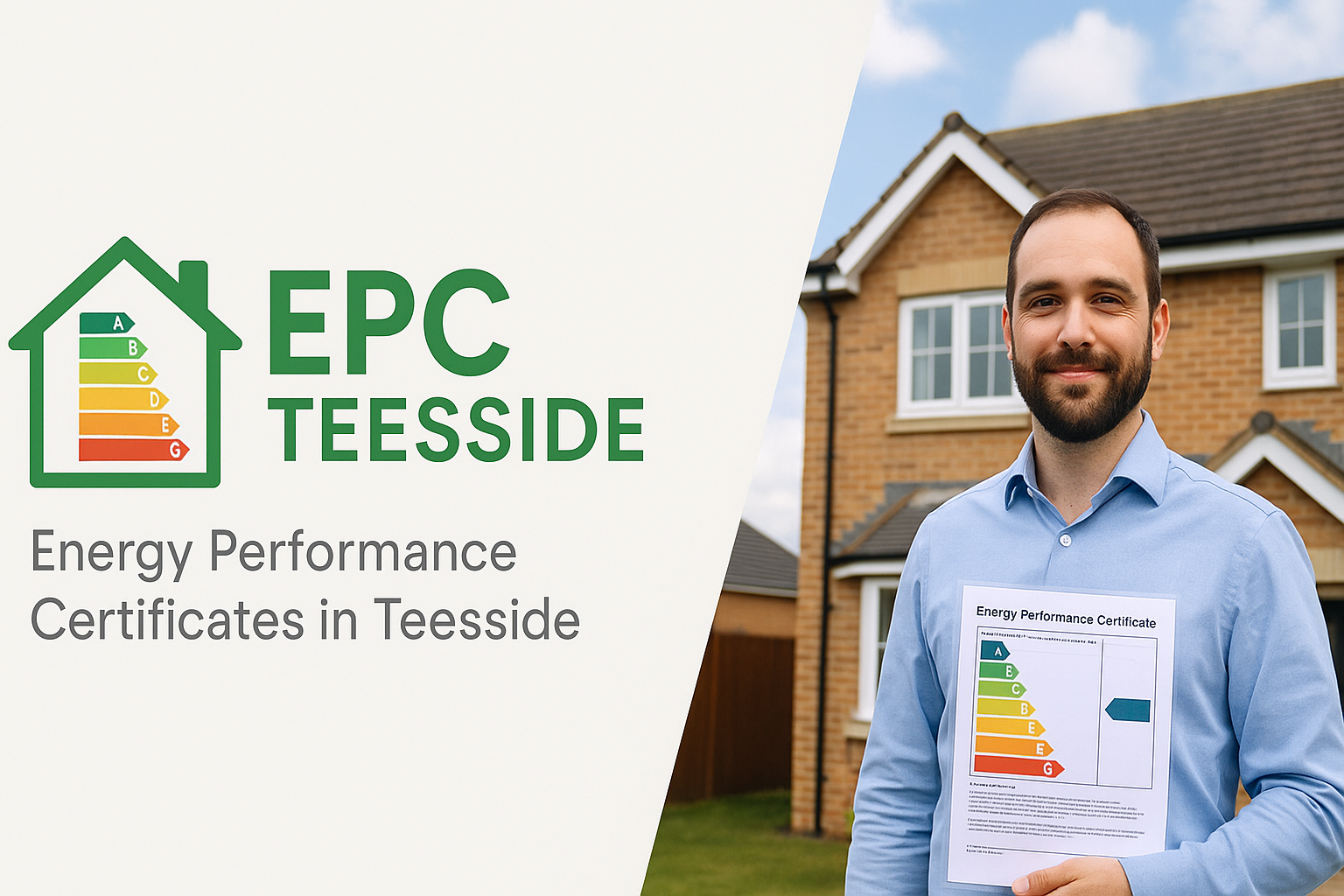An Energy Performance Certificate (EPC) is an official document that measures and reports the energy efficiency of a property.
It provides essential information about how much energy a home or building uses, how efficiently that energy is used, and how the property could be improved to reduce energy consumption and costs.
EPCs are part of the UK Government’s commitment to reducing carbon emissions and improving energy efficiency in residential and commercial buildings.
They are required by law whenever a property is built, sold, or rented in England, Wales, and Northern Ireland.
The Purpose of an EPC
The EPC was introduced to make the energy performance of buildings transparent and comparable.
Just like the energy labels on appliances (fridges, washing machines, etc.), EPCs help potential buyers and tenants understand how efficient a home is — and what it might cost to run.
EPCs help to:
- Promote energy-efficient homes and encourage improvements
- Reduce fuel bills by identifying cost-effective upgrades
- Lower carbon emissions by cutting wasted energy
- Inform buyers and tenants about running costs before they commit
The EPC Rating Scale
Each property is rated on a scale from A to G:
- A (92–100 points): Very efficient – low running costs, modern insulation and heating systems.
- B (81–91 points): Above average efficiency – often newer homes or recently upgraded properties.
- C (69–80 points): Fairly efficient – typical for most modern homes built since 2000.
- D (55–68 points): Average – older homes that may benefit from basic improvements.
- E (39–54 points): Below average – energy loss through insulation, windows, or heating.
- F (21–38 points): Poor – inefficient heating and insulation systems.
- G (1–20 points): Very poor – high energy costs, significant improvement required.
The higher the rating, the more energy-efficient the property is and the lower the expected energy bills.
What Information Is Included in an EPC?
An EPC is a detailed report containing:
- Energy Efficiency Rating
- A colour-coded graph showing the property’s current rating and its potential rating if recommended improvements are made.
- Environmental Impact (CO₂) Rating
- Indicates the property’s carbon emissions and environmental impact.
- Estimated Energy Costs
- Annual energy cost estimates for heating, lighting, and hot water.
- Recommended Improvements
- A list of specific measures to improve energy efficiency, such as adding insulation, upgrading heating systems, or installing double glazing.
- Potential Savings
- Shows how much money you could save each year if you implemented the recommended improvements.
- Property Summary
- Key construction details, including building type, heating systems, wall and roof materials, and insulation levels.
How an EPC Assessment Works
When you book with EPC Teesside, a qualified Domestic Energy Assessor (DEA) visits your property to carry out a visual inspection.
This typically takes 30–60 minutes, depending on the size and complexity of the property.
During the assessment, the assessor collects data on:
- Construction type (walls, floors, roof)
- Insulation levels (loft, cavity, or solid wall)
- Heating systems (boilers, radiators, controls)
- Windows and glazing type
- Lighting (low-energy vs. standard bulbs)
- Renewable technologies (solar panels, heat pumps, etc.)
No drilling or damage is done during the visit — it’s a completely non-invasive inspection.
The assessor then enters this information into government-approved software, which calculates the property’s energy efficiency rating.
Once complete, your EPC is uploaded to the national EPC Register and emailed directly to you, usually within 24 hours.

